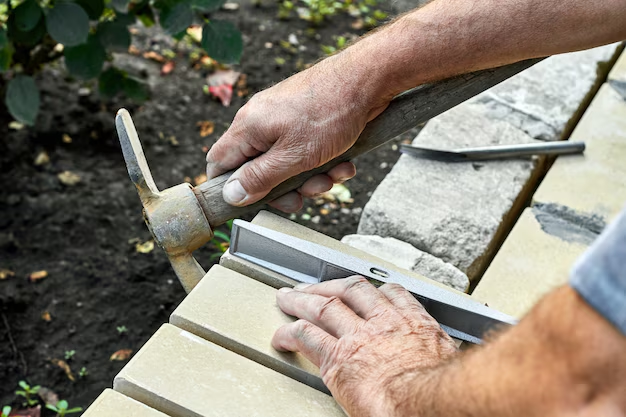Discover the Importance of Roof Flashing and How It Protects Your Home
When it comes to protecting your home from harsh weather conditions, roof flashing plays a vital, often underestimated role. If you've ever faced a leaky roof, you might have encountered this crucial element either on your own or through a professional roofer's advice. Roof flashing is an architectural term that refers to thin pieces of impervious material installed to prevent water penetration or to direct the flow of water away from certain areas.
Why Is Roof Flashing Important?
Roof flashing is employed primarily to keep water from infiltrating the joints, valleys, and other weaker sections of roofs. These are the areas most vulnerable to water damage, which can compromise the overall integrity of the roof structure and, by extension, the entire building. Flashing is typically installed around chimneys, skylights, vent pipes, and roof edges—all common points where leaks are most likely to develop if not properly protected.
Materials Used in Roof Flashing
The materials used for roof flashing can vary, but here are some of the most common:
Metal Flashing: Includes materials like aluminum, copper, or galvanized steel. It's durable, withstands extreme weather, and offers a long-term solution.
Plastic Flashing: While less durable than metal, plastic flashing is often used due to its flexible and cost-effective attributes.
Rubber Flashing: Known for its elasticity, rubber flashing is effective in colder climates where heat contraction and expansion can cause traditional materials to fail.
How to Identify Roof Flashing Needs
Keeping an eye on your home's roofing condition is crucial. If you spot any signs of dampness, water stains on ceilings, or even mold growth, it could be an indicator that your roof flashing needs inspection or replacement. Regular maintenance can save you from costly repairs down the line.
The Cost of Ignoring Roof Flashing
Neglecting the condition of your roof flashing can lead to severe and costly consequences. Not only could this cause structural damage, but water leaks might also lead to electrical issues and necessitate expensive interior repairs. Investing in adequate roofing materials like flashing can significantly extend the lifespan of your roof, saving you a bundle in future repair costs.
Financial Assistance for Roofing Repairs
Admittedly, maintaining your home can be financially demanding. Fortunately, there are a plethora of options for those who need financial assistance in maintaining their property.
Government Aid Programs: Many local and federal programs offer rebates or loans to assist homeowners with necessary repairs, including roofing.
Credit Solutions: If eligible, consider utilizing low-interest credit options or a personal line of credit for immediate roofing needs.
Home Insurance: Don’t overlook your home insurance policy; many plans cover weather-related damages that may necessitate immediate repairs.
Your roof is one of your home's first lines of defense against the elements. Therefore, ensuring it's well-equipped with proper flashing is crucial. Not only does it help maintain your home’s value, but it also protects your family's safety and health by preventing unwelcome leaks and damage.
Financial and Educational Resources for Homeowners 🏠📚
- FHA Title I Property Improvement Loan: 🏡 Offers loans for various home improvements.
- Weatherization Assistance Program (WAP): ☔ Provides funding for reducing energy costs through updated roofing.
- USDA Single Family Housing Repair Loans & Grants: 💰Provides funds for essential repairs.
- CareCredit Card: 💳 A credit option for unexpected home repairs.
- Consumer Education Resources: 📘 Helps homeowners make informed financial decisions regarding home maintenance.
Taking action now might prevent the need for more significant — and expensive — interventions later. Never underestimate the power of proactive home maintenance and suitable financial planning.
